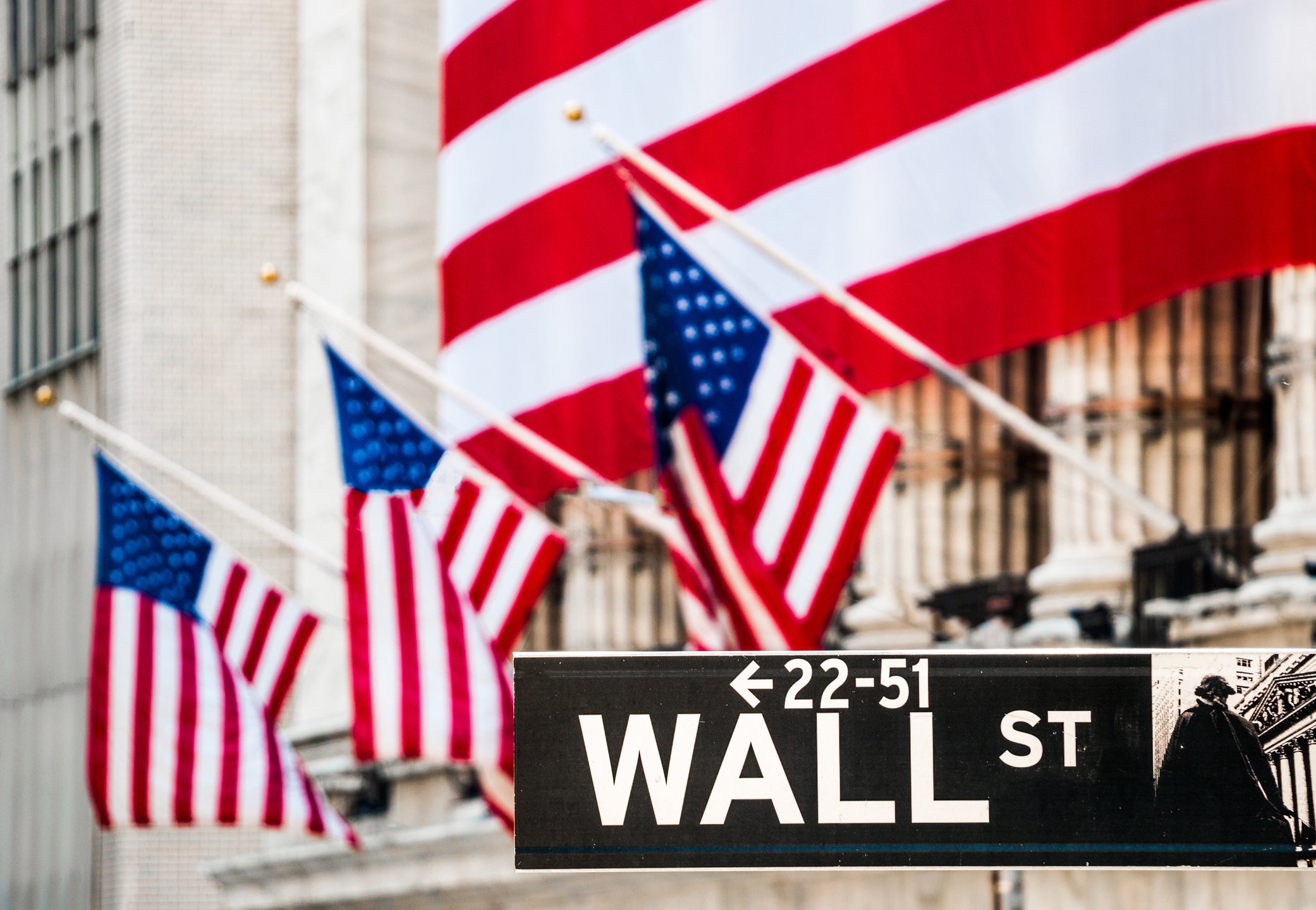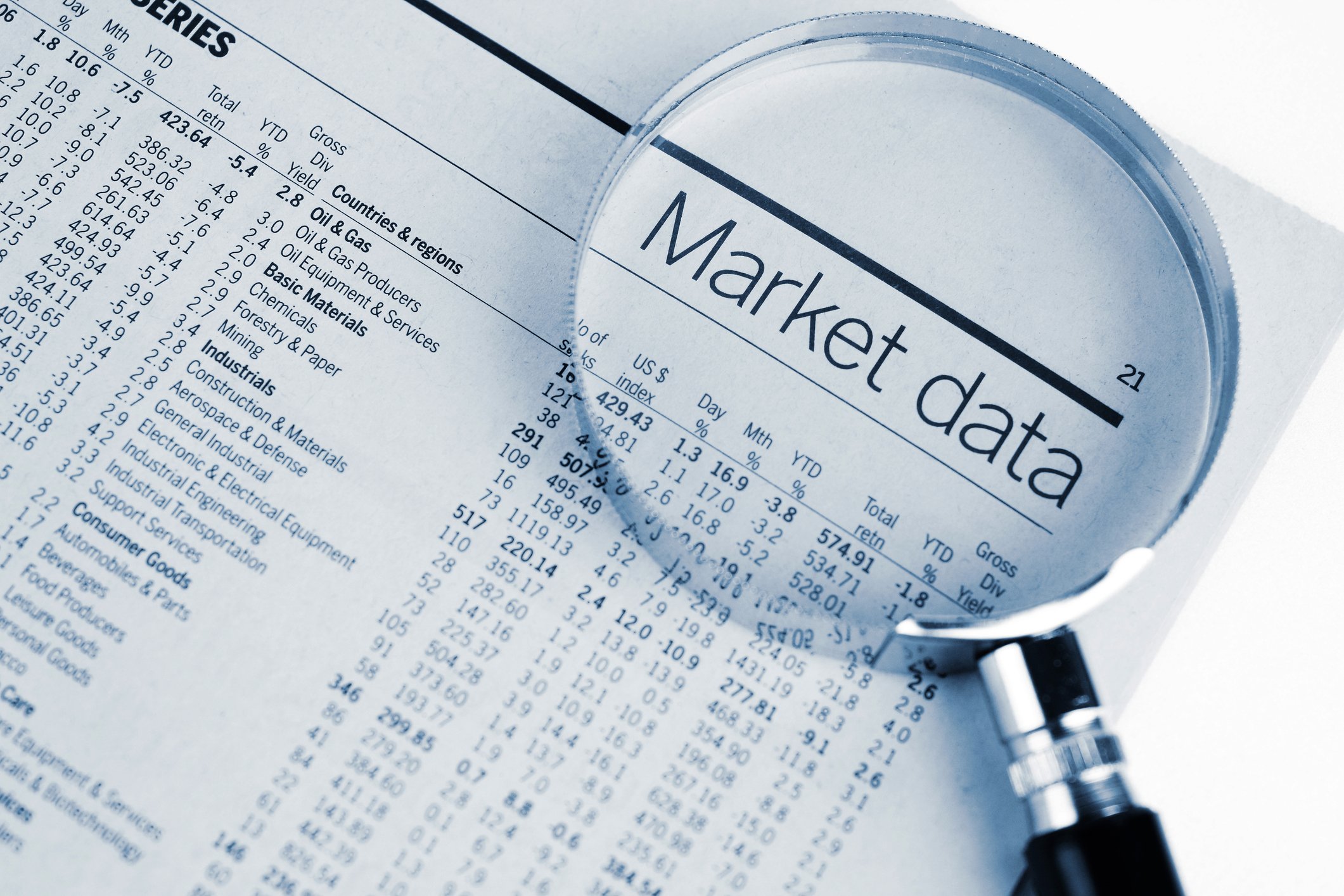In case you missed it, Wall Street's most decorated stock index, the Dow Jones Industrial Average (^DJI +0.44%), which consists of 30 large U.S. multinational companies, crossed the 21,000-point mark on Wednesday, March 1. The index closed at 21,115.55 after hitting an intraday (and all-time) high of 21,169.11.
In fact, the Dow has been absolutely on fire recently. Before a nominal loss on Tuesday, Feb. 28, the Dow had closed at a record high in 12 consecutive trading sessions. That tied a record that hadn't been seen in 30 years. Including yesterday's better than 300-point gain, the Dow, America's most iconic index, has landed at a record close in 13 of the past 14 trading sessions.

Image source: Pixabay.
The Dow just hit 21,000, but where's the celebration?
Yet in spite of this monumental run and the breaching of the 21,000 threshold, there was hardly a peep on Wall Street. Television news networks hardly paid any heed to 21,000. Newspapers made little mention of seeing the psychological mark crumble beneath the power of the bull market. And Wall Street floor traders failed to don hats that read "Dow 21,000."
Where was all the hoopla that we saw when the Dow hit 20,000 for the first time ever on Jan. 25?
The answer is simple: Dow 21,000 simply doesn't have as nice a ring to it.
Investors, be they the institutional type, floor traders on the NYSE, or even the average Joe and Jane sitting on their couch at home, are all susceptible to allowing their emotions to get the better of them. In similar fashion, they're also susceptible to pedestaling completely arbitrary values on major U.S. indexes.
For example, Dow 20,000 was a neat, round figure that exemplified the voraciousness of the bull market for investors since the Great Recession. But choosing to focus solely on the 20,000-point mark ignored the seemingly countless new highs and milestones the Dow had eclipsed along the way. Wall Street could have chosen to focus on any of the past highs in the Dow over the past three weeks, but it was Dow 20,000 in late January that hogged all of the glory.

Image source: Getty Images.
Rising stock prices are normal
Arbitrarily choosing a point value to pedestal from time to time isn't uncommon for Wall Street or investors. Dow 10,000, the Dow's eclipsing of its pre-Great Recession peak, Dow 15,000, and more recently Dow 20,000 were all figures that Wall Street was laser-focused on. However, what these arbitrary figures ignore is that stock valuations naturally tend to increase over time, right alongside growth in the U.S. economy.
Historically, the stock market has returned about 7% annually, inclusive of dividend reinvestment. This strong historical growth includes the fact that since 1950 there have been 35 stock market corrections of at least 10%, when rounded to the nearest whole number. If the stock market were to grow at 7% annually, it would essentially double about once every decade. That would imply that Dow 100,000 (another wholly arbitrary figure) is probably less than 25 years away from becoming a reality.
Stick to your game plan and ignore the hype (or lack thereof)
So, what has Wall Street's overabundant love for Dow 20,000 and near ignorance of Dow 21,000 proved? That you should focus on your investing game plan, because the arbitrary values of even the most iconic indexes have absolutely no bearing on your investment strategy or the companies you own in your investment portfolio.

Image source: Getty Images.
Regardless of whether the Dow heads to 15,000 to 25,000, if you buy high-quality companies on a regular basis (weekly, monthly, quarterly, or annually) and stick with them over long periods of time, history suggests you should do very well. Plus, buying stocks at regular intervals, as opposed to trying to time the market's peaks and troughs, should ensure that you wind up averaging into solid companies at an attractive price over the long run.
Long story short, ignore the hype, regardless of what number Wall Street chooses to focus on next.






